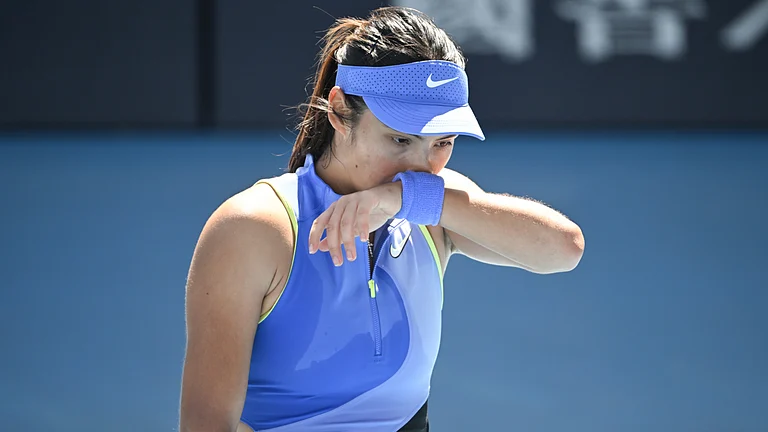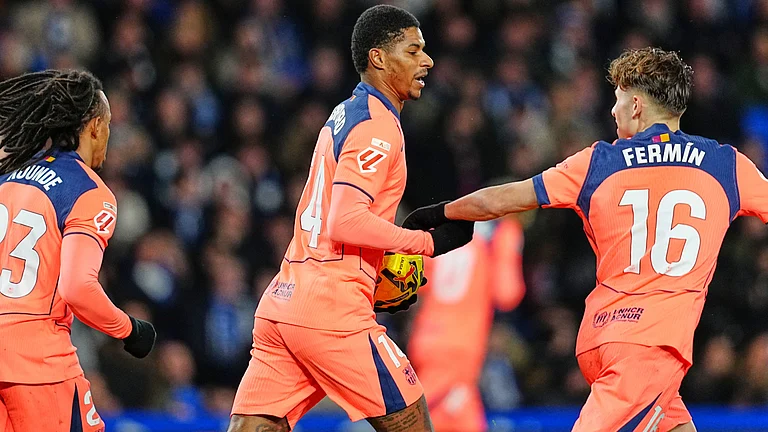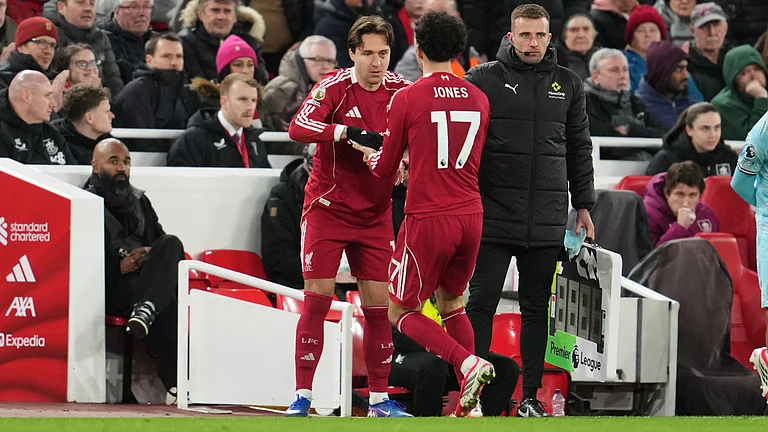Where the republic will stand at the end of 2019 will substantially depend on the May general elections. We may well be at the crossroads weeks from now. The outcome matters. What the post-poll government makes of its mandate matters just as much. We take it all for granted but in 1947 few thought parliamentary democracy would work in India. Democracy had to strike roots in a country with centuries of monarchy and many layers of privilege and power.
When the constitutional convention of the US was meeting in Philadelphia, Benjamin Franklin was asked if it was to be a republic or a monarchy. He answered: “A republic, if we can keep it.” India was not an emerging power but emerged from a long spell of imperial rule. Battered by war, the famines of Bengal and Travancore (that killed over three million) and the horrors of Partition.
The republic went on to be founded in 1950 in a spring of hope. The first Prime Minister saw the inside of a British jail for nine long years. The home minister had given up a lucrative career to be christened Sardar for his leadership of the peasants of Bardoli. And, to be noted, six of the 14 first ministers were not even from the Congress. The architect of the Constitution was the first Dalit in India to be a graduate, hold a law degree and do a doctorate, Dr B.R. Ambedkar. Shyama Prasad Mukheree and N.C. Chatterjee were of the Hindu Mahasabha. It was a time to work together for a common cause, not descend to petty wrangling.
Of course, India’s new order had a sound start. Elements of democracy in India may have sprung under imperial aegis. The secret ballot and multi-candidate election, the party system or for that matter merit-based recruitment to the civil service did not have precedents in India’s pre-colonial past. India’s Constituent Assembly believed ‘We the People’ had the right and ability to govern ourselves. Haifa University’s Ornit Shani has shown how the electoral rolls were ready by October 1949. This was nearly two years before the first vote was cast.
The franchise expanded to include the poor and the unlettered, to women and Dalits, tribal people and property-less rural folk. The first-ever general elections of 1951-52 showed how democracy celebrated difference. Free speech and fair choice were its life blood. India endured as a polity based on law and rights for all. The promise has never been fully realised but in many ways the idea took root across different strata of society.
Rohit De’s new work, A People’s Constitution, shows how the Constitution struck roots among the people at large. Citizens were among those filing a spate of cases against officials in the courts. All who lived through those years could not agree on what was to be done. But they were willing and able to join forces for the common good.
There were, and are, battles at hand. Nehru invoked a view of India in 1946, in his The Discovery of India. It was defined by shared history and a composite culture. A fellow political prisoner argued on similar lines. The book: India Divided and its author: Rajendra Prasad. You were Indian because you shared a history with other Indians: religion did not determine nationality. Partition did take place. But India as a polity stayed on with the idea and ideal of fashioning common citizenship. This had not one but two implications. Race or religion did not matter. Equally so origins and status would not be barrier to aspiration. Hence, equality under the law.
This was an India home equally to all, at variance with ideas of nation founded on a faith (Pakistan). It was an India without a cadre-based secular ideology imposed from above (as in China). It would not have one national language (not Urdu as in Pakistan or Sinhala as in Ceylon) or be a faith-based state (as in Burma or Thailand). None of this was easy.
In 1948 Nehru’s government had cracked down hard using police against militants of the Mahasabha and the RSS. Patel’s ‘police action’ in Telangana was against the Nizam and communist insurgents. Armed raiders backed by the Pakistani Army regulars in mufti moved into the Kashmir Valley. The Indian Army, backed by armed National Conference volunteers, halted them. ‘Hindu Muslim Sikh ittehad’ was at stake. A territory that was a Muslim-majority region saw no future in a Pakistan defined on basis of ethno-nationalism.
It is difficult to believe but in the 1951-52 polls, the small but significant group of Hindu cultural nationalists was the target of many of the PM’s speeches. He was not alone. Patel had denounced celebrations by some at news of Bapu’s assassination on January 30, 1948. A broader idea of India held sway. Hindutva votaries, those who saw Hindu-ness as central to the definition of India, remained marginal for years. They first gained wider platform only on anti-Congress platforms of the 1967 elections. The anti-corruption movement of JP and the struggle against Emergency gave them national prominence and acceptability. But even in 1980, the Bharatiya Janata Party’s creed was one of Gandhian socialism.

The late eighties and nineties were the key turning point. There is no doubt the Congress erred. In a remarkable translation of a memoir by advocate Hamid Kureshi of the Gujarat High Court on the riots of 1969, Prof Rita Kothari of Ashoka University (full disclosure, she is a distinguished colleague) shows hope give way to despair at the violence in Ahmedabad on the banks of the Sabarmati. But even this paled when compared to the massacres of Sikhs in 1984. In early 1986, and in quick succession, Congress leaders acquiesced in the reopening of the locks on a disputed structure in Ayodhya and soon after the whittling away of rights of Muslim women. The terms had changed.
The challenger was waiting in the wings. Lal Krishna Advani attempted a re-definition of nationhood at a mass level. This was clearest in his Ram rath yatra in 1990 and the subsequent election campaign the following year. The two poles of the polity, he said, would be the Congress and BJP, and the defining issue nationalism based on culture.
Few will doubt that the Modi-led government has trodden new ground in more than one way. Most significant is the bid to remake history and our vision of the future. His party has had the largest number of seats in four of the past six general elections, but 2014 saw it win a majority the first time. But make no mistake, the mandate of the 2014 elections is seen by the ruling party as one for remaking India. There is a sense of deep hurt at the denial of an ancient past. More seriously, the unity of the diverse creeds, sects and communities that are Sanatan Dharmi or Arya Samaji are to be welded into one to be the core of a strong India.
This necessarily means a series of campaigns on the temple, the cow, and Kashmir. None of this is new but the backing of government authority is without precedent. Note the political lineaments of the chief minister of Uttar Pradesh. His predecessor Mahant Avaidyanath was a Hindu Mahasabha Lok Sabha MP. Even earlier it was Digvijay Nath who led the first major mass movement against the Nehru government. The issue: the Hindu Code Bill. Support for polygamy, opposition to property rights for women were seen as vital to the family. The unity of a community rested on male privilege. Not so very different from conservative Muslim or Sikh leaders after all.
The matter is not of who rules India but the basis on which they sustain their legitimacy. If the grammar of politics changes, it has implications for the fabric of India. How you view these markers will show where you stand. 1977 was a watershed that may well bear a second look. That election saw ouster of a government that crushed civil liberties, jailed political opponents and denied free speech. It was not a victory for Mrs Gandhi’s opponents, but a genuine peaceful rising of the people. Is 2019 akin to 1977? A critic of Emergency, veteran columnist and author thinks so. Nayantara Sehgal argues that Indira Gandhi was a democrat gone seriously astray. Modi’s government is greater threat to the democratic ethos of India.
2019 is more serious as the threat is of a mindset not a regime. The world view was honed in the period between the World Wars when the RSS was formed. A thorough remaking of facets of life, of culture and literature, the sciences and media, the universities and schools, no less is the stated aim. In common with fascism and communism, a strong state is to be backed by cultural reeducation. True the structure of democracy survives. But a mono ethnic India will be a different place.
Will this project at all work in a democracy? And surely, the others are not exactly spotless. There’s no doubt other parties, virtually all who have held public office, show strains of such intolerance. The Congress and regional parties have done it all one time or another: jailed opponents, curbed free speech. The argumentative Indian exists but often not because of her leaders. And yes, the Opposition, especially the Congress, needs to do more to show it can introspect. No less will do. If not it will be a substitute not an alternative.
But as the biggest political force it is the BJP that sets the tone and tenor of debate. Also a recasting of the polity is serious business if the party rules in New Delhi and is a partner in power in all but 11 of the 29 states. And the Prime Minister is not just head of the government, but the pivot of polity. The poll is not just about Modi: it is about his way. Is it right? Should it remain India’s way?
The remaking goes beyond slogans. The new citizenship bill that makes religious identity the basis of refuge and fast-tracking to citizenship makes India akin to Israel (Jewish basis of nationhood) or paradoxically many Islamic Arab states. This is a far cry from the constitutional order that saw citizenship as equal and based on territory not a uniform culture. Equally so, Sabarimala is evidence that where tradition meets the imperative of common rights equally held, the powers-that-be will uphold the former not the latter. After all, it was tradition that forbade Dalits taking water from a tank that led to Amebedkar’s Mahad Satyagraha. And Kerala itself was witness to the Vaikom struggles for all to enter temples. Tradition does and should have place. But it can and should be revised when it undermines common rights and equality. If not, caste and gender as ground for denial of humanity of a fellow human would be legitimate.
The two most influential leaders speak of these choices. For Narendra Modi’s followers, he is a man who rose by merit and hard work. Rahul Gandhi promises a new deal for those left behind and a culture of coexistence. Unlike 1977, the choice is not stark at first sight. But its consequences will be as long lasting. A single-party government in the 1970s promised equality but short-changed liberty. It was a coalition that restored those liberties.
More so than then this is a question of a federal India or one that moves towards a more unitary bias. The years since Rajiv Gandhi lost power in 1989 had seen regional sentiments and states’ powers get space. The worst feature of Indira’s India in the 1970s have now returned. The choices are significant. Is a strong leader one who stands apart or one that takes all along? Is uniformity the way to deeper unity? Is it stronger because it accommodates difference?
State worship and a common culture are one way to achieve unity. But if imposed from above and held together by fear it can undermine harmony. Needless to add the dal-roti, or if you like fish curry and rice, will also matter. The aspirations of the young for jobs, higher incomes for farmers, and end to all corruption will come up against the ultimate litmus test. The winter of 2018 saw the BJP come a cropper in three key states: whether they were part of a cycle or a foretaste of the future will be known and soon enough. We are at the hinge of history. Which door we open will have consequences beyond the next five years. Opening up options may also foreclose some choices.
A simple choice may shape the future. Never has so much hinged on the choice of so many. The vision of India may be at stake.
The author is professor of history and environmental studies at Ashoka University, Sonipat, Haryana. Views expressed are personal.






















